If a blog post is published and no one’s around to read it, did it even happen?
Or maybe the better question is: Does an unread blog post stand a chance in hell of driving traffic to your website or pushing prospects down the sales funnel?
Don’t count on it.
For your content to provide ROI, it must be viewed by humans who would benefit from your product or service. You know all those Pulitzer-prize winning blogs you so painstakingly crafted? If you post them when your target audience is offline, all they are is dust in the wind.
Timing your content distribution and promotion to reach the right people at the right time is a key part of any content marketing strategy. In fact, your success depends on it.
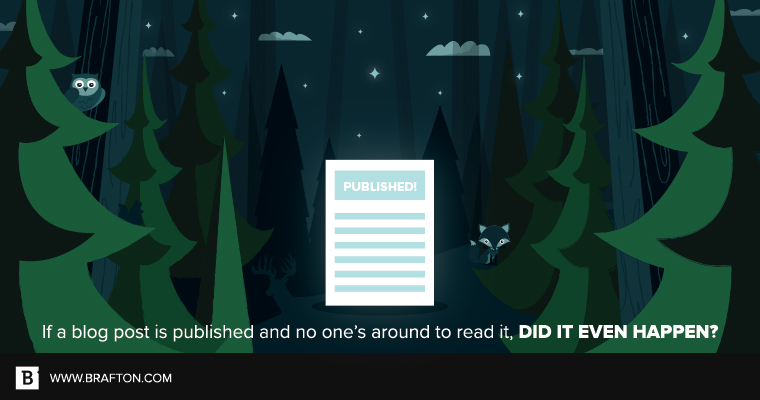
One size does not fit all
Don’t make the mistake of assuming everyone interacts with content in the same way you do. Just because you scroll through Facebook while you eat your Cap’n Crunch, or check your LinkedIn feed during your train ride to the office, that doesn’t mean your audience does as well.

Guessing when your audience is online is as good an idea as licking a frozen pole.
There are statistics you can use as a jumping off point; however, those are just averages. Unless your target audience is everyone on the planet with internet access, this information only gets you so far.
If you want to get your content noticed by the people who matter, you must identify when your audience is most active online.
How do time zones play into content distribution and promotion?
As Chris Syme pointed out, you need to know where your readers live so you can post your content at a time when those people will be online to receive it.
Let’s say you’re headquartered in NYC but the bulk of your audience lives in Tokyo. If you were to post a blog to LinkedIn at 10 a.m. EST, it’d be 11 p.m. in Japan; unless your data shows that your audience is active on the platform this late at night, you’re going to see abysmal traffic numbers and little to no engagement.
When it comes to email marketing, particularly for B2B, you want to distribute your content early in the morning or late at night for your main time zone – you want people seeing your email at the top of their inbox when they arrive at the office. After someone is cranking away at work, you will never be able to break through the noise.
Distributing content at the optimal time increases the likelihood that someone will open your email and take the time to consume it. They may even forward or share your content.
Social and site data speaks volumes
In addition to using built-in reporting features on your publishing platforms (Facebook, Instagram, etc.) to examine insights and analytics, there are other tools you can use to gather information about your audience that will allow you to determine optimal posting times.
Here are two:
Sprout Social
Use Sprout Social to find the time of day and days of the week when your posts received top engagement or traffic back to your site. You can take that information into account when building out your publishing schedule for the following week or month.
If you post your content on multiple social media platforms, Sprout Social aggregates all that data into the Sent Messages report, giving you an overall look at metrics like impressions, engagement and click-through rate.
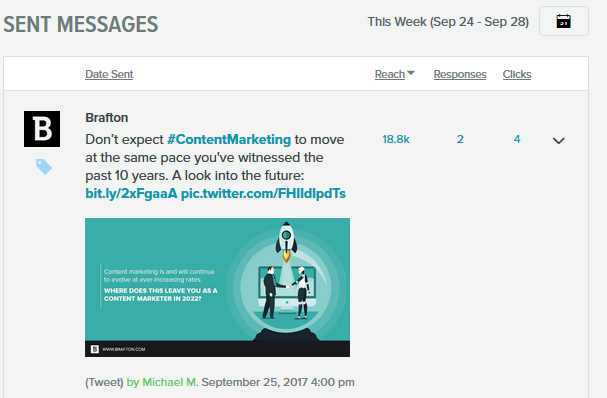
It also tracks your audience growth so you can work out which platform gets the most – or least – action throughout any given month.
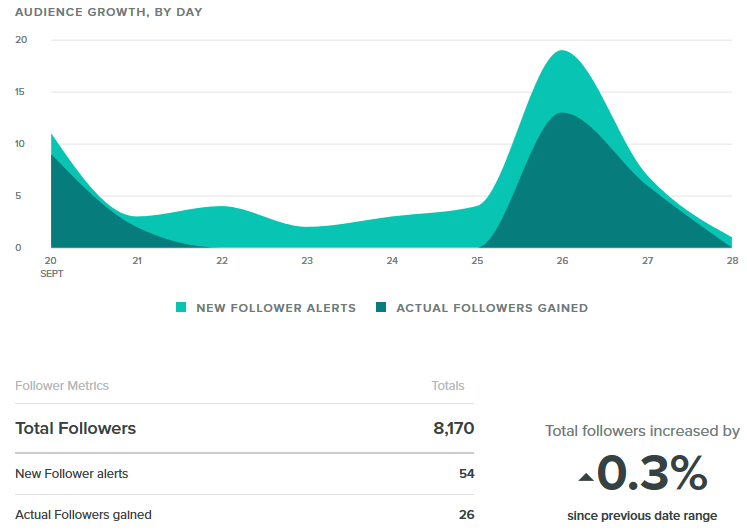
To see which posts got the most clicks or likes, you can navigate to Reports, pick your platform (i.e. Facebook) and select a specific date range to look at.
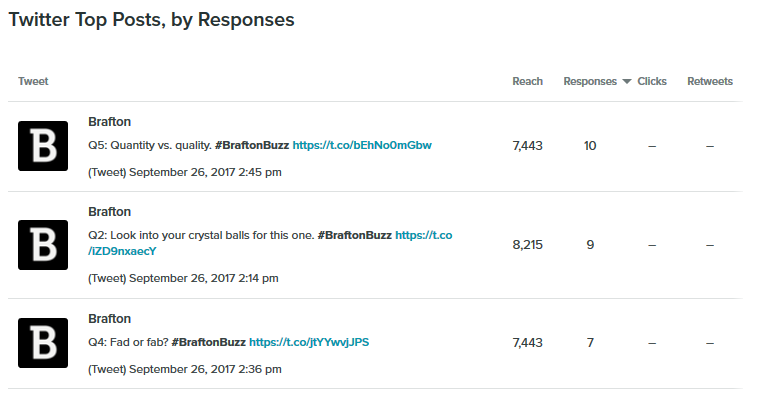
Google Analytics Real-Time reporting
Google Analytics Real-Time reporting allows you to examine live user behavior on your site. You can use it to find out when you’re getting the most visits, and also whether your site traffic comes from mobile or desktop.
To give this tool a try, open Google Analytics and scroll on over to the left side of the screen. Click the “Real-Time” section to expose six reports: overview, locations, traffic sources, content, events and conversions.
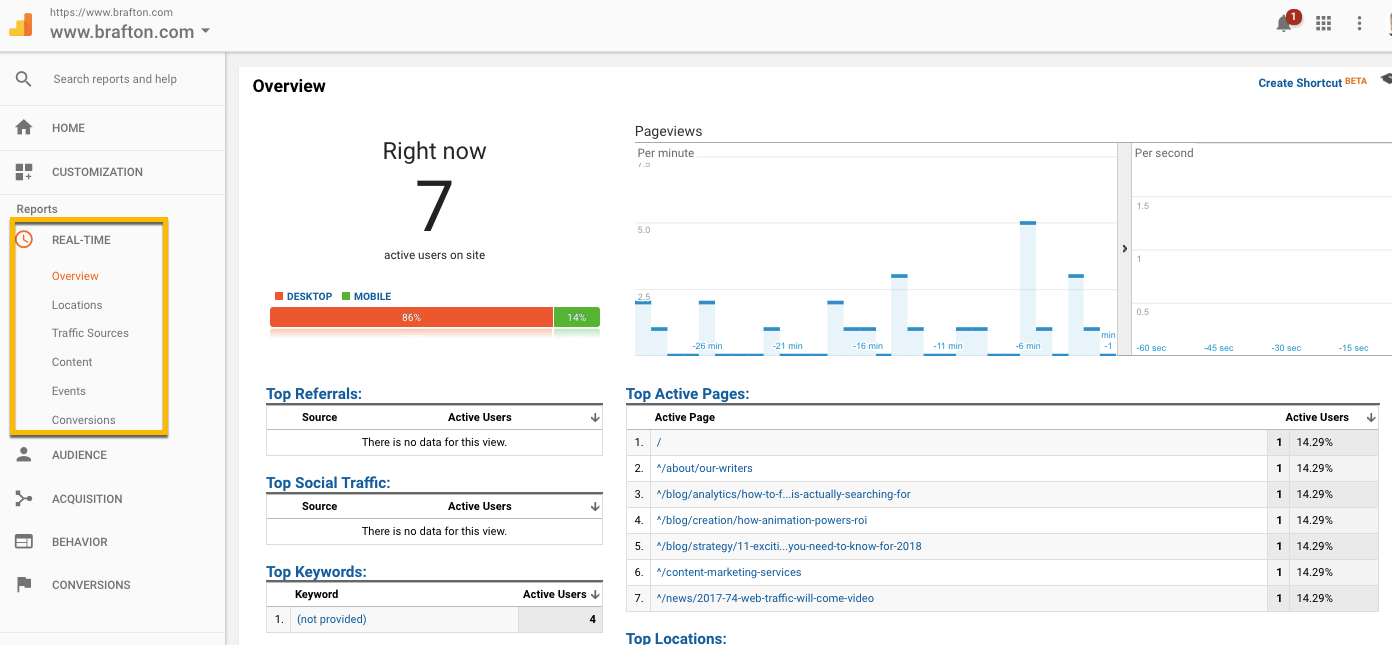
Overview tells you how many active users are on your site at that moment. If you notice that nobody visits your site on Sundays, you wouldn’t want to publish content on that day. If Mondays are busier than a J.C. Penney on Black Friday, plan to blog every Monday.
Location shows where your traffic arrives from. If the majority of your target group lives in Los Angeles, you’d know to distribute your email content on weekday mornings PST – your own time zone doesn’t matter.
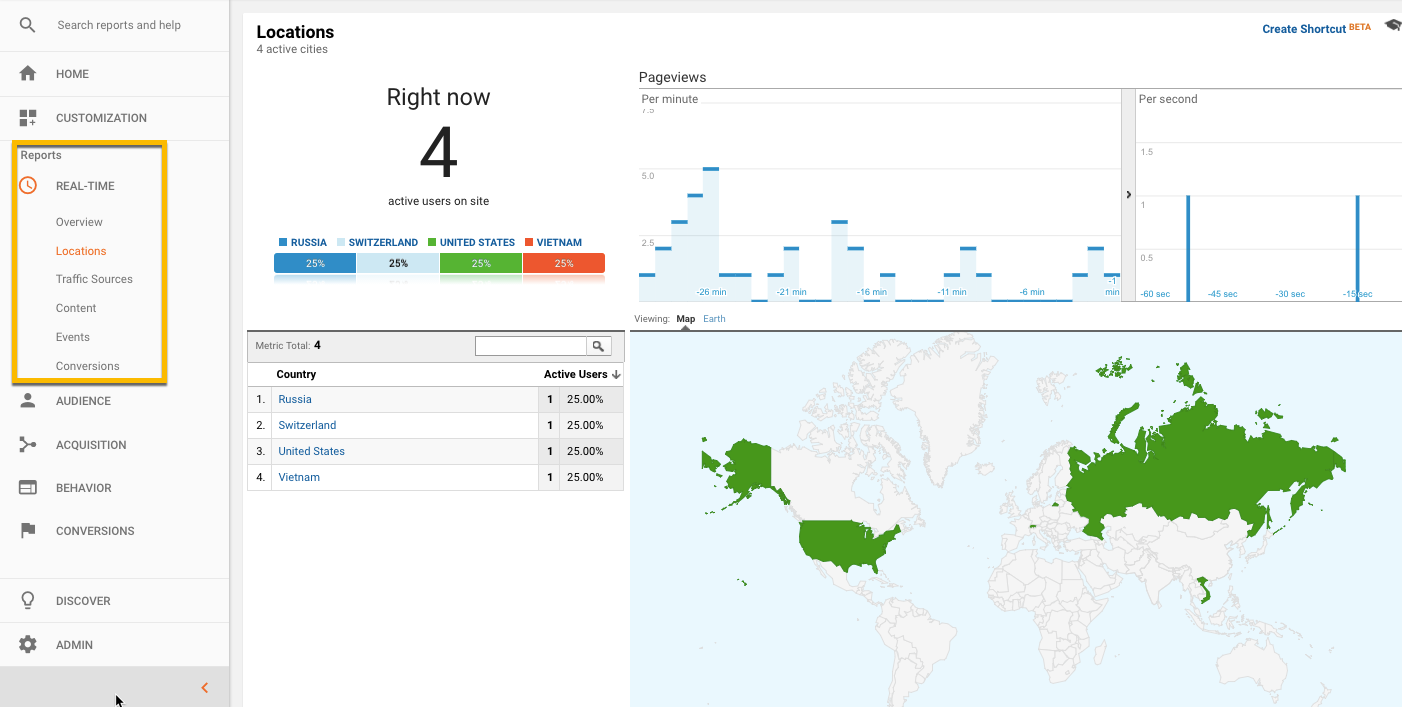
Apart from the Real-Time reporting tool, another useful tool is GA’s Acquisition. It allows you to identify where your social traffic comes from and pick out your top-performing posts. Like Real-Time, you can access it via the lefthand navigation. Click on Acquisition, then Social and then Network Referrals.
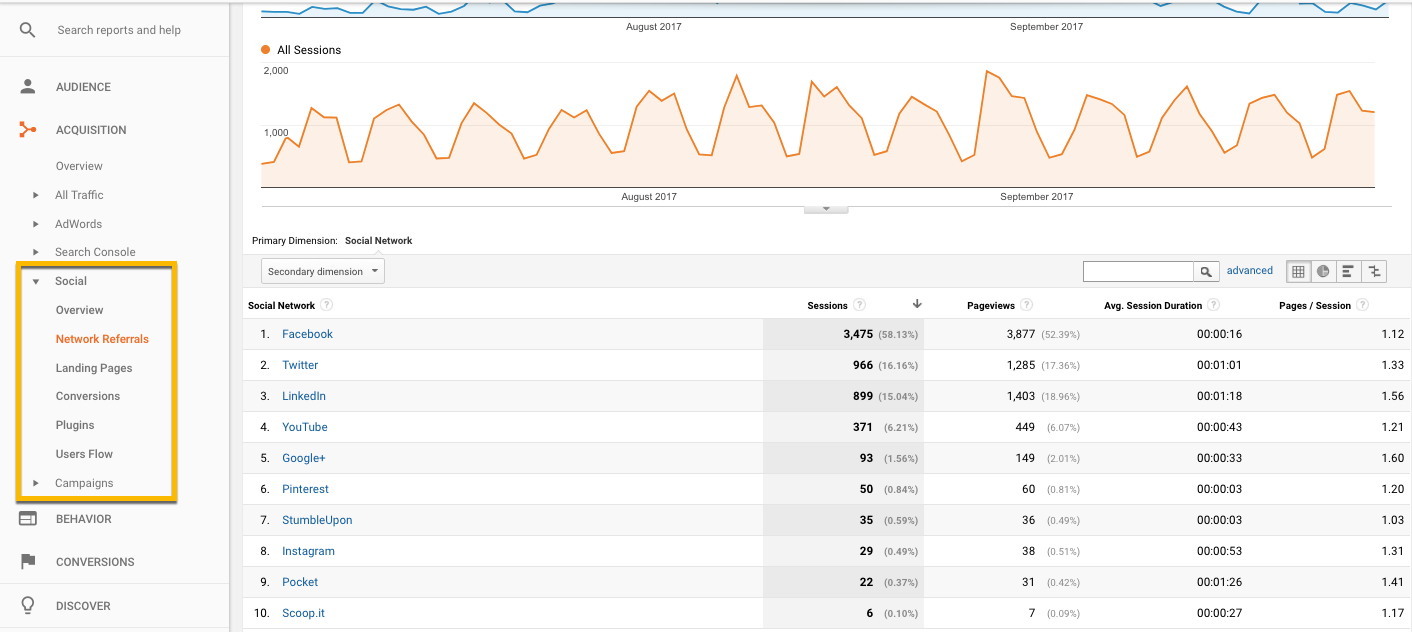
Once you’ve identified when your audience is most active, you need to test by posting at various times of the day and week.
Keep in mind, too, that optimal times are fluid and can change from month to month, so it’s important to evaluate your data on an ongoing basis.
When posting, how much is too much?
A key aspect of your content distribution and promotion strategy that we’d be remiss not to mention is frequency. Post too seldom and you risk being forgotten. Post too often and you risk annoying your audience by over-communicating.
How do you find the sweet spot?
As Neil Patel noted in Forbes, the answer isn’t a simple one. While businesses with more than 10,000 followers will likely see a boost in clicks and engagement by posting on Facebook twice a day, those with a smaller following likely won’t see the same positive results.
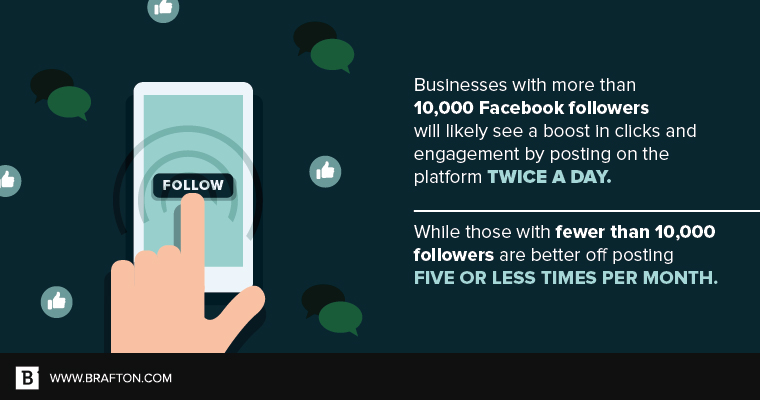
Hubspot found that businesses with fewer than 10,000 Facebook followers would be better off posting on the platform five or fewer times per month.
If you find yourself trying to fill a quota, you’re probably posting too much. Writing for the sake of writing is the beginning of the end of your content marketing program.
Also, if you’re posting more than once a day across multiple platforms, spread your posts out so you don’t bombard your followers with back-to-back content.
For example, if your audience is most active on Facebook between 12-2 p.m. and most active on Instagram between 12-2 p.m. and 4-6 p.m., post on Facebook at noon and on Instagram at 5:30 p.m. Not only do you avoid being a nuisance, you reach them at different times in their day – when they’re on lunch, when they’re taking a break between meetings – and that’s a good thing.

Timing plays a huge part in getting your message in front of your audience. You could write a masterpiece, but if you don’t distribute it properly, it will quietly get buried under the mountain of content being produced every day. This is why digging into your data is an absolute must.
Your blog deserves to be seen. Don’t you owe it that much?





